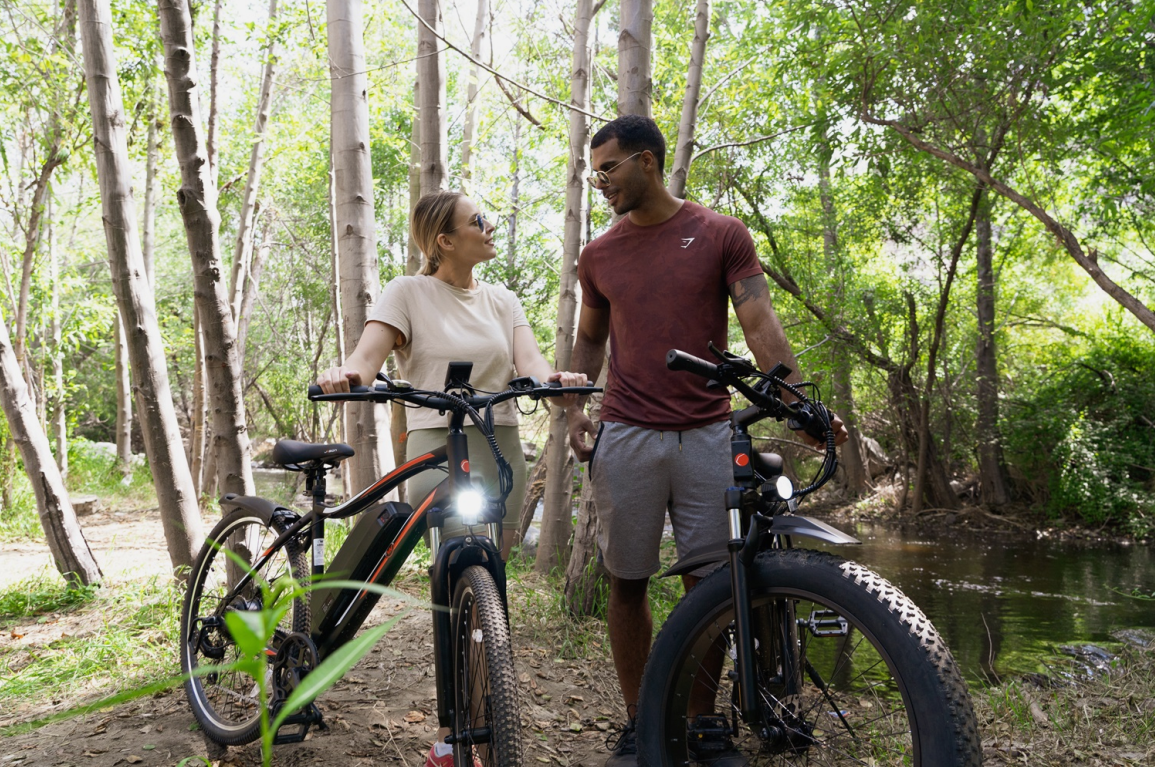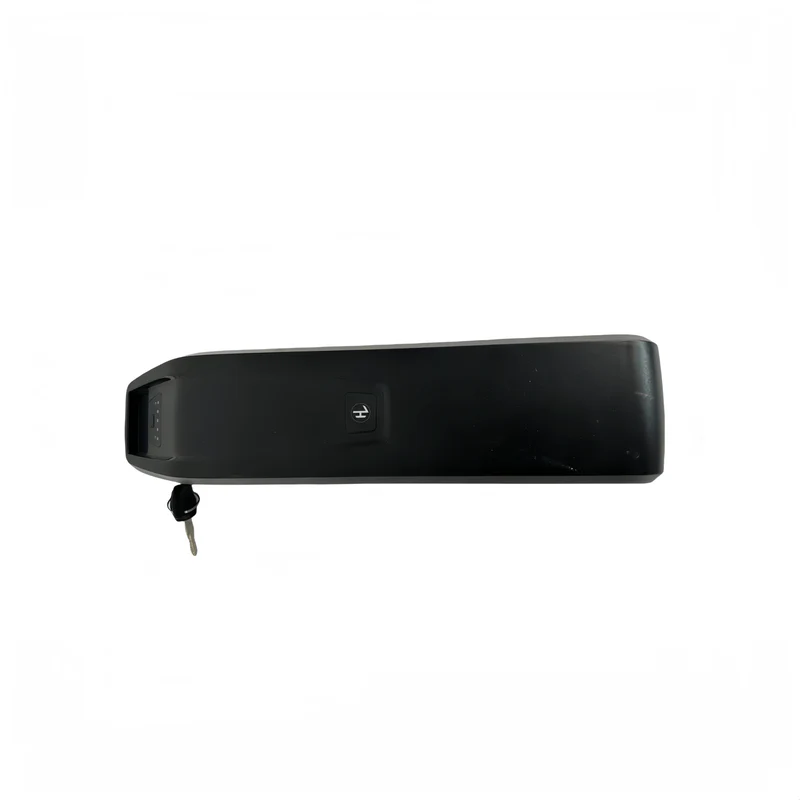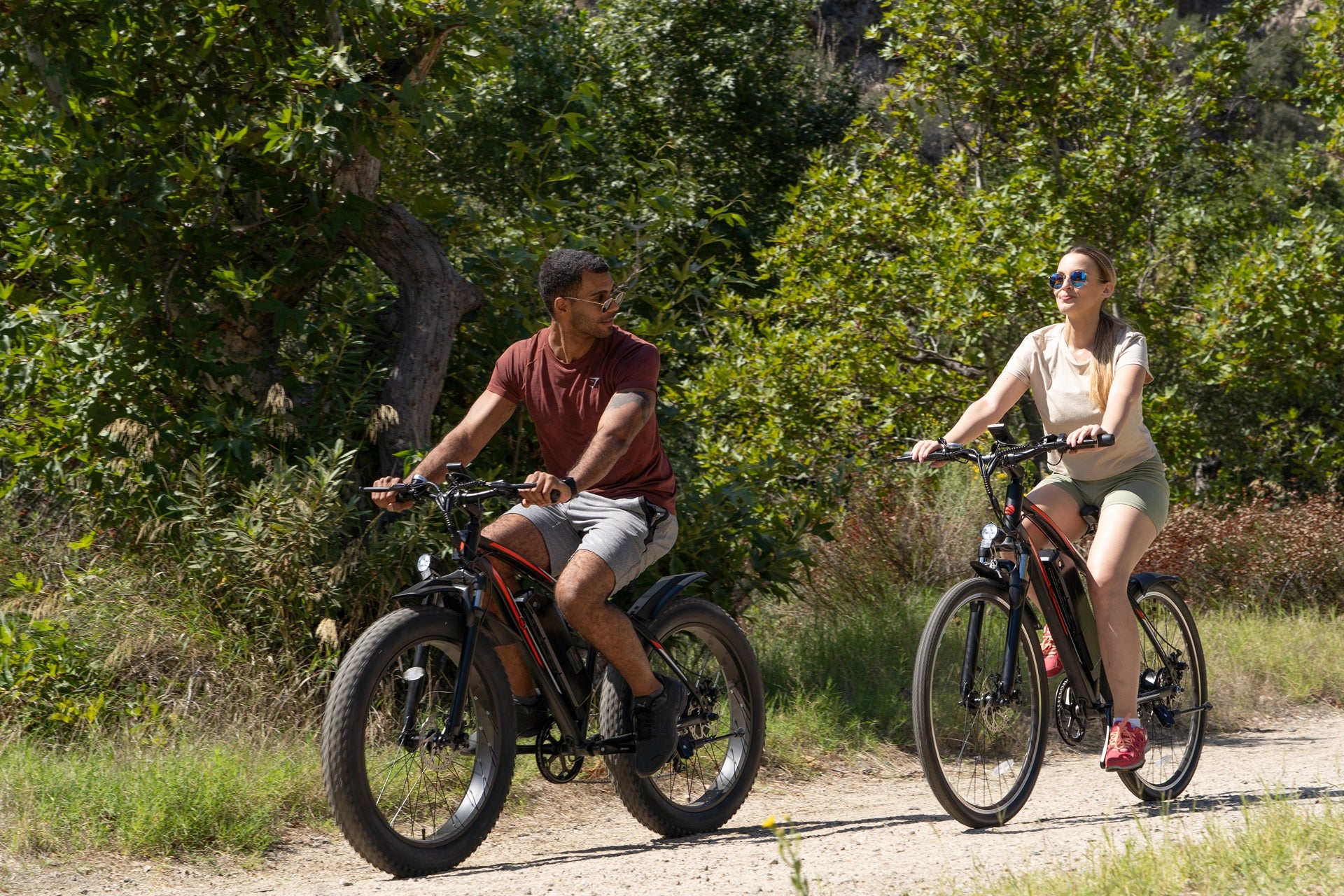As electric bicycles become more popular, many riders are increasingly concerned about how these bikes perform in different weather conditions, particularly during the cold winter months. With temperatures dropping significantly outside, many owners worry that leaving their electric bicycles outdoors for extended periods could damage the battery or even freeze it. While these concerns are valid, it’s important to note that electric bicycle batteries generally won’t freeze in low temperatures; rather, their performance is what suffers. This article will explore how electric bicycle batteries perform in winter, the effects of low temperatures on battery efficiency, and tips for extending battery life.
First, let's clarify the type of battery commonly used in electric bicycles. Most electric bikes are equipped with lithium-ion batteries, specifically NMC (Nickel Manganese Cobalt) batteries. These batteries operate best at around 25 degrees Celsius, and performance can be significantly affected when temperatures drop below this threshold. In particularly cold conditions, the battery's ability to release power decreases notably. Research indicates that at 0 degrees Celsius, an electric bicycle battery may only deliver about 60% of its normal capacity. This means that riders using their electric bicycles in cold weather may experience a noticeable reduction in range, especially during longer trips.
Charging performance is also impacted during the winter months. To ensure effective charging, it’s advisable for riders to charge their batteries indoors in a warm environment. When temperatures fall below 5 degrees Celsius, battery capacity gradually declines, and charging speeds slow down. This can pose challenges for users who need to charge frequently, making it essential for electric bicycle owners to choose appropriate charging locations, particularly in the winter.
Additionally, low temperatures can increase the viscosity of the electrolyte within the battery. This means that the flow of the electrolyte becomes sluggish, which in turn reduces the speed and diffusion of ions inside the battery. As the electrolyte thickens, the internal resistance of the battery increases, further diminishing the efficiency of the chemical reactions that generate power. Consequently, energy conversion efficiency drops in cold environments, adversely affecting overall battery performance.
The utilization rate of the active material at the negative electrode is also compromised in low temperatures. A lower utilization rate means that the battery cannot fully release its stored energy during discharge, leading to further reductions in capacity. This issue becomes particularly pronounced during the cold winter months, causing riders to notice a significant decrease in the distance their electric bicycles can travel, which can be inconvenient for daily commutes.
So, how can we effectively extend the lifespan of our batteries in light of these challenges? First and foremost, maintaining good riding habits is crucial. Riders should avoid frequent use of electric bicycles in extremely low temperatures, especially after leaving them parked outdoors for long periods. Additionally, adopting sensible charging practices is vital for prolonging battery life. Using the appropriate charger and avoiding overcharging can significantly reduce battery wear. When charging, it’s best to do so in a warm environment, which not only enhances charging efficiency but also protects the battery and minimizes performance loss during winter use.
In daily practice, riders can take simple steps to protect their batteries. For instance, during the cold winter months, it’s advisable to avoid leaving electric bicycles parked outside for extended periods. If possible, storing the bike in a garage or another warm location can help reduce the time the battery is exposed to low temperatures. Additionally, riders might consider installing battery heating devices to help maintain optimal operating temperatures during cold weather.
It’s worth noting that, with advancements in technology, many electric bicycle manufacturers are increasingly focusing on temperature control for batteries. For example, some high-end electric bicycles come equipped with battery temperature control systems that automatically heat the battery in cold conditions to maintain optimal performance. This technology not only enhances the range of electric bicycles in winter but also effectively extends battery life.
From personal experience, I have felt the impact of temperature on battery performance while using my electric bicycle in winter. On one occasion, I left my bike outside all day in temperatures below freezing. When I returned home, I noticed a significant drop in range and a slower charging speed. To avoid this situation, I began parking my electric bicycle in the garage and charging it in a warmer environment. After some time, I observed that the battery’s performance improved, and the range increased.
Overall, electric bicycles do experience performance issues in winter due to low temperatures, a challenge that Tesla owners have also encountered. However, by implementing effective maintenance practices, we can keep the battery in good condition. By maintaining proper riding habits, selecting suitable charging environments, and paying attention to battery temperature control technology, we can significantly extend the lifespan of electric bicycle batteries, ensuring smooth rides even in the cold winter months.
Looking ahead, as electric bicycle technology continues to advance and develop, we have every reason to believe that their winter performance will improve. Enhancements in battery technology and the expansion of charging infrastructure will provide users with a better overall experience. Therefore, as electric bicycle owners, we should not only monitor our battery usage but also stay informed about developments in electric bicycle technology. This way, we can enjoy more convenient and efficient electric bicycle services in our future travels.



Leave a comment
This site is protected by hCaptcha and the hCaptcha Privacy Policy and Terms of Service apply.